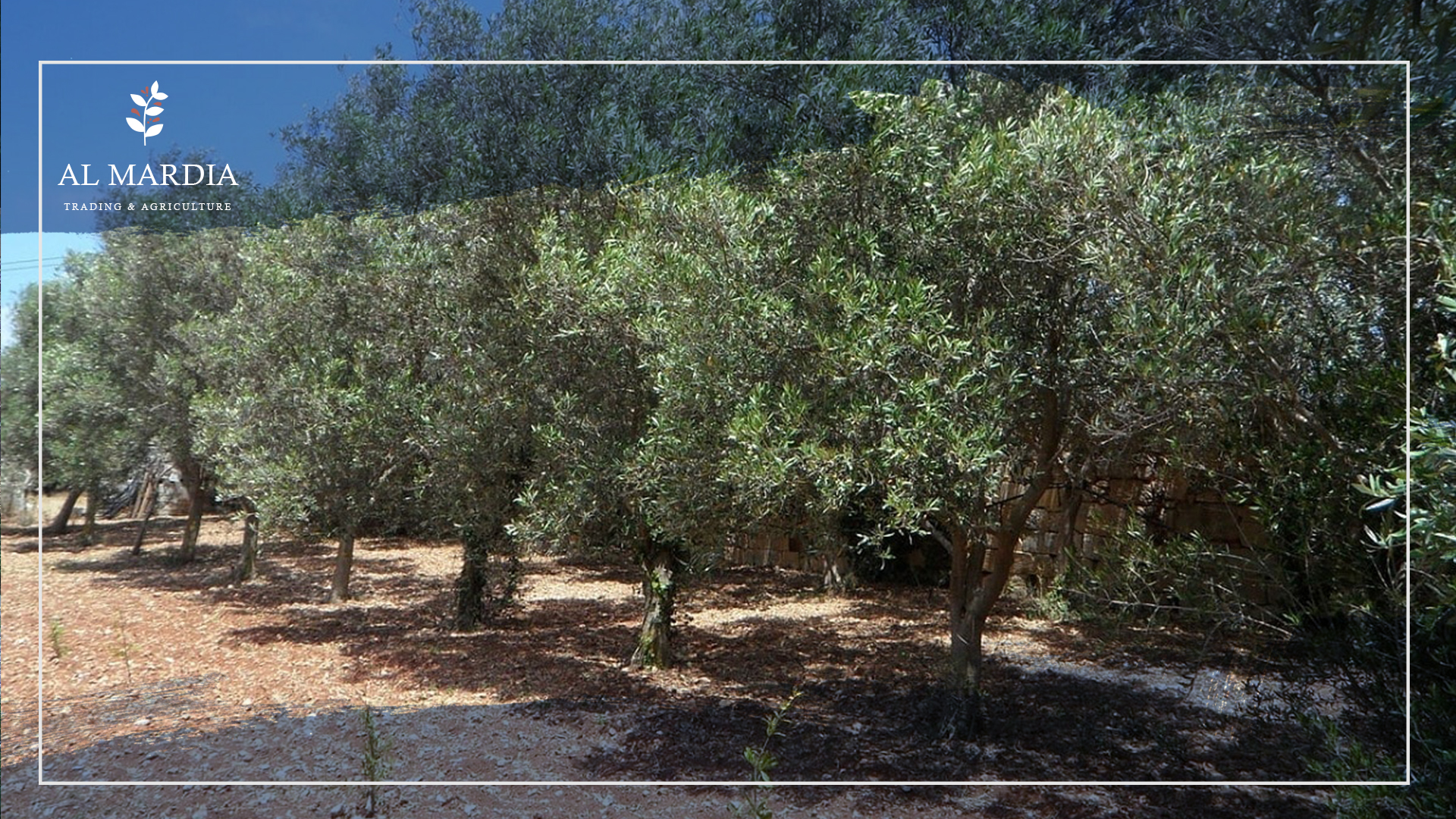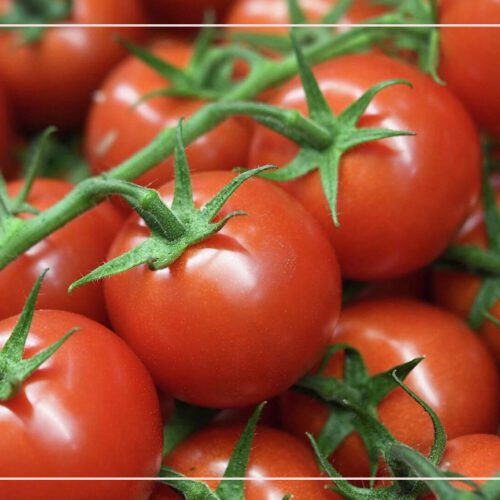

Basics of Olive Tree Care
Olive tree cultivation is an ancient practice that has been around for centuries. It requires patience and dedication to ensure that the trees are properly cared for and produce the highest quality olives. In this article, we will discuss the basics of olive tree care and cultivation, including tips on how to plant an olive tree, grow olives from seed, pruning techniques, and more. We will also discuss some of the common challenges associated with olive tree cultivation and how to overcome them.
Growing Olive Trees
The olive tree is often associated with the Mediterranean, however, it can be grown in a variety of other regions. Areas with high heat and plenty of sunlight are best suited for their growth. Furthermore, once established they are easy to maintain and can thrive outdoors.
Olive trees are a great addition to any garden as they have beautiful silver leaves, as well as provide a deliciously edible fruit. This fruit can be transformed into olive oil or cured in brine and enjoyed.
Other species share the same common name of “olive”, so be mindful when you are planting olive trees and ensure that they are species of the European olive tree.
How to Grow Olive Trees
- It usually takes around three years for olive trees to mature and produce noticeable amounts of fruit. To maximize the fruit set, it is recommended to plant multiple cultivars in close proximity.
- The best location to plant an olive tree is in a well-drained, sunny spot. Due to their heat and dry-tolerant characteristics, olive trees may fail to thrive in wintery, wet soil.
- Olive trees are typically obtainable in 4-inch (10 cm.) pots with multiple side branches and standing 18-24 inches (46-61 cm.) tall, or in 1-gallon pots with a single trunk and reaching 4-5 feet (1-1.5 m.) high.
- In order to yield the most favorable outcomes, it is recommended to plant olive trees that have only one trunk and are actively growing with soft new growth at their tips for easier harvesting.
- When planting olive trees in an orchard, the general rule of thumb is to leave 20ft (6m) between each tree. However, this may vary according to the specific cultivar. Therefore, when planting, one should make sure to dig a hole that is equal to the size of the container used for transporting the tree.
- When planting an olive tree, do not add any soil medium, compost, or fertilizer. Additionally, avoid tampering with the root ball and cut out any circling roots if need be.
- It is suggested to refrain from adding gravel or drainage tubing for a young olive tree, as it needs to acclimate to the soil.
Common Challenges of Planting & Maintaining an Olive Tree
Planting and maintaining olive trees can be a daunting task for those unfamiliar with the process. From choosing the right soil to dealing with pests and diseases, there are many challenges that come with growing olives.
Olive Knot:
- Olive Knot (Olea europaea) is a disease induced by the epiphyte Pseudomonas savastanoi. Contrary to popular belief, this pathogen prefers thriving on the rough bark of twigs rather than on olive leaves.
- When it rains, the galls secrete a biological substance containing bacteria which can be transferred to healthy plants. The infection develops between spring and summer and within two weeks, galls ranging from half an inch to two inches in size form.
- All olive tree cultivars are prone to olive knots, however only their certain upper parts are impacted. The severity of this infection varies depending on the type of cultivar; one-year-old plants are more susceptible than older ones.
How to treat Olive Knot?
- Pruning of infected twigs and branches from an olive tree should be done during the dry season. While doing so, one must ensure that the shears used are clean and sterilized regularly to avoid transferring the infection to other parts of the tree.
- Use the olive knot treatment in conjunction with copper-containing bactericides such as Growthmax, applied to leaf scars and other wounds. This improves stress tolerance in adverse conditions. It is important to apply this solution at least twice, once in the fall and once in the spring.
Xylella Fastidiosa and Olives
- Xylella fastidiosa, commonly known as Xylella, is a bacterial pest that has caused damage to a large variety of plants and trees in temperate regions worldwide. This organism has created great destruction in numerous ecosystems.
- Xylella, an insect-borne pathogen, inhibits the olive tree’s ability to absorb water and nutrients, thus compromising its health.
- The Olive Tree Quick Decline starts with a fast decrease in the number of branches and twigs, commonly referred to as “flagging”.
- It usually takes a month or two to notice symptoms of Xylella-infected olive trees, which are generally found in the upper branches and then spread throughout the crown. This leads to a characteristic scorched look of the tree.
Is Xylella treatable?
Olive Tree Xylella disease is a matter of great concern for olive growers worldwide. As of yet, there is no effective treatment for Olive Quick Decline however, the impact may be mitigated by controlling sap-sucking insects and immediate removal of infected plants. It is recommended to use organic pesticides such as Neem Protect Oil, which can kill pests throughout their lifecycle. Plus, it is safe for all animals, birds, and children.
Managing weeds and regularly trimming grass can help reduce plants that are prime habitats for sap-sucking insects. Conservation of natural predators like wasps, dragonflies, and other parasites should also be taken into consideration.
In conclusion, olive tree care is an essential part of successful olive farming. Without proper knowledge and understanding of the basics, farmers can be plagued with diseases, pests, and other problems that can drastically reduce their crop yields. Knowing how to properly prune, fertilize, water, and protect your olive trees from disease is key to achieving a successful harvest.
Common Questions:
-
How is an olive tree cultivated?
Olive trees are traditionally planted in Mediterranean regions without any extra irrigation. When the annual rainfall is 600 mm or more, these plants can thrive and offer high-quality oil yields without any need for supplemental irrigation.
-
How long does it take for an olive tree to be fully grown?
An olive tree can reach its highest potential in 15 years, depending on the environment surrounding it. However, the amount it would grow each year after maturity could differ between 2 to 12 inches per annum.
-
Do olive trees require a lot of maintenance?
Olive trees require relatively little maintenance and can thrive in areas with plenty of sunshine and heat. Once established, these hardy trees can withstand harsh weather conditions and require minimal attention.





